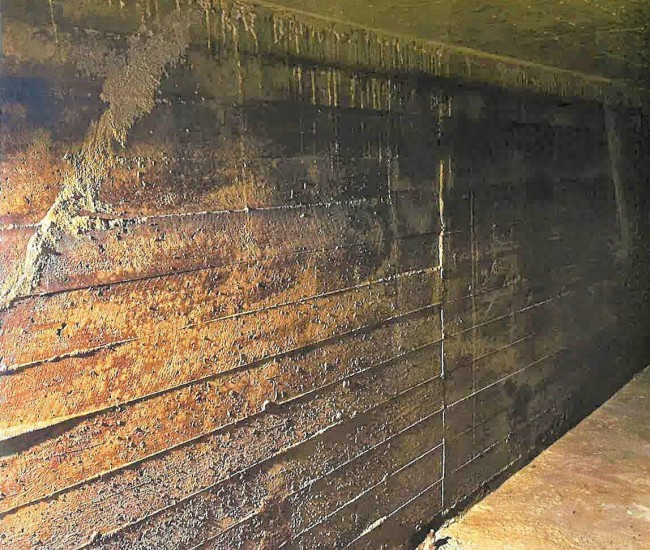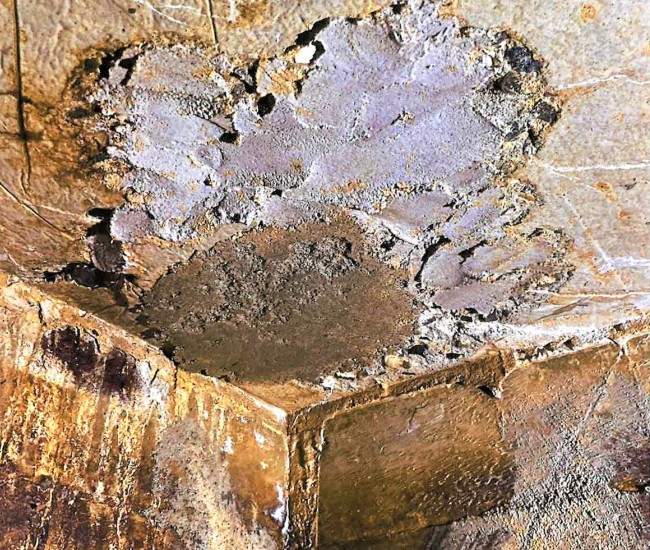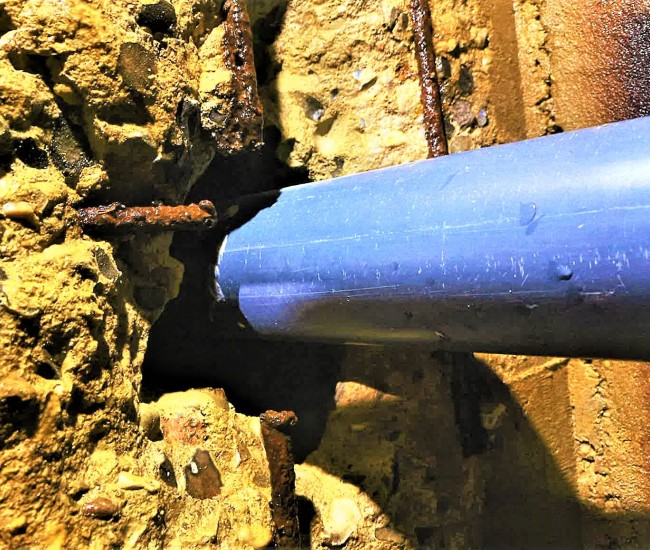Why concrete tanks can be problematic for drinking water

Why concrete tanks can be problematic for drinking water
In the course of our daily work, we often see cracks or rubble deposits in older concrete tanks, which can allow surface water, groundwater and unwanted wildlife to enter the tank and contaminate the drinking water. Soil and rotten plants, for example, contain coliform bacteria, the presence of which will trigger a health advisory to boil drinking water.
Not all cracks or crazing can be seen with the naked eye, so concrete tanks will always carry a minor safety risk. The opposite is true of plastic tanks, where you need not worry about leaks.

The concrete surface is a paradise for bacteria
The rough and porous surface in concrete tanks is very attractive to bacteria as they can easily hide. Concrete is also difficult to clean, so once there is a potential ingress into the tank, there is a good chance that bacteria will multiply.
The smooth surface of plastic tanks, on the other hand, makes it difficult for bacteria to become established and is also easy to clean. So plastic tanks will automatically be more hygienic.

Tank breaches are sometimes detected too late - In other words, their level of security is not ideal.
A leak in concrete tanks is only detected by checking the drinking water or inspecting the tank. In practice, this means that the consumer may already have drunk contaminated water.
But when you renovate a concrete tank with plastic panels, you can install a “snitch” sensor that will alert you if a break occurs. In this way, leaks will always be detected before the water reaches the end user, and outside water will never be mixed with drinking water.

Concrete tanks can lead to high costs
Cleaning, maintaining and patching cracks in older concrete tanks can be a costly business in the long run. Any leaks will also bring additional operating costs, as the tank may have to be shut down for a period of time.
In severe cases, an emergency drinking water supply may also have to be established to compensate for lost capacity. The lifespan of a concrete tank is also uncertain, but renovating with plastic sheets guarantees a minimum lifespan of 50 years and minimal maintenance.